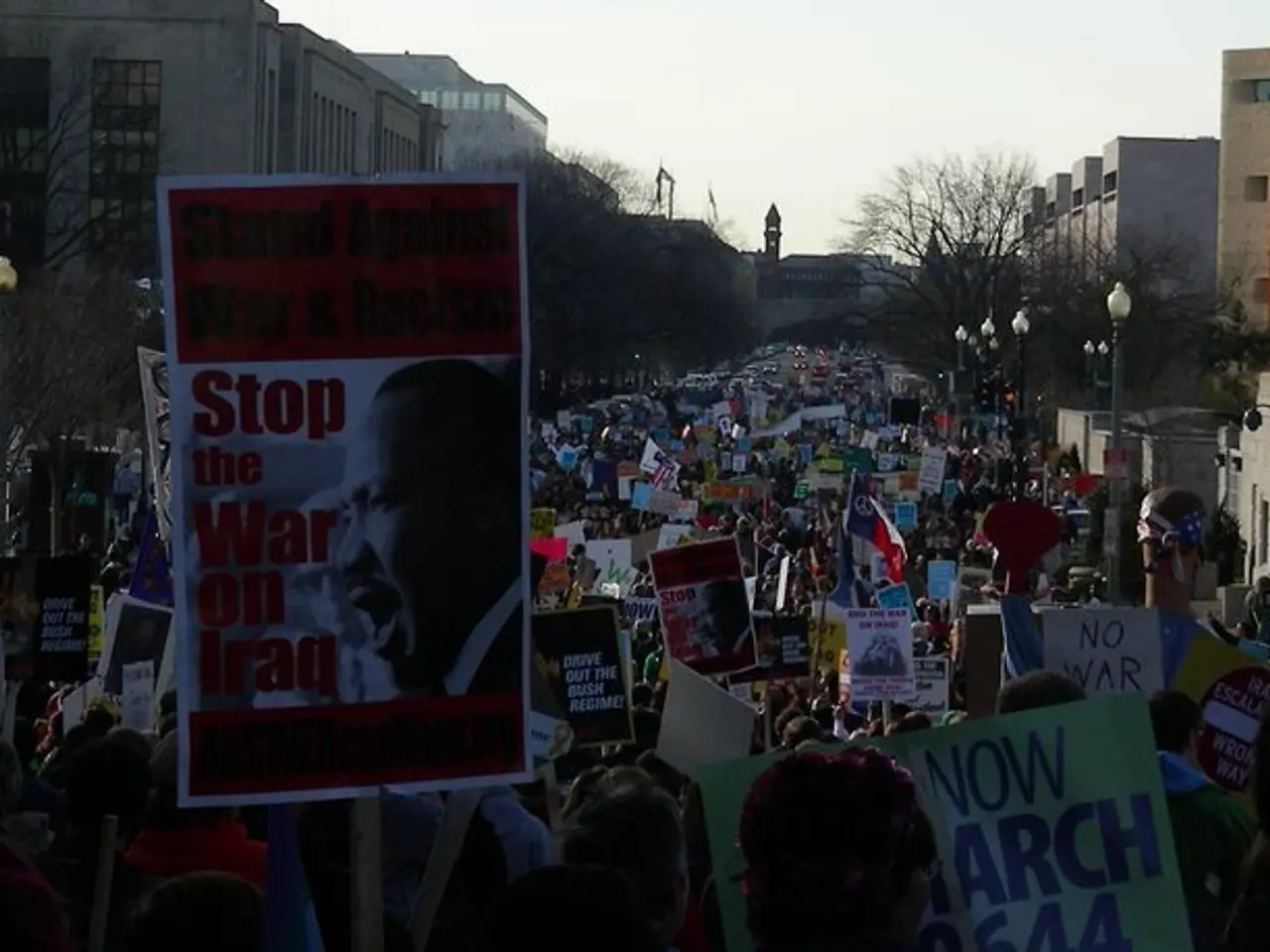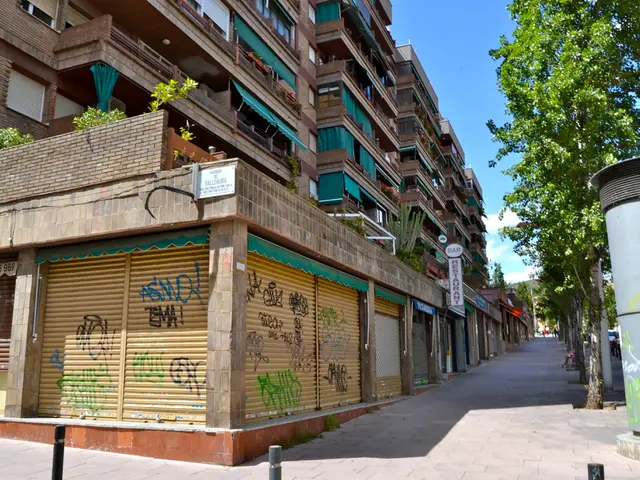Throngs of protesters congregated in Mexico City, voicing their discontent over gentrification.
In the heart of Mexico City, on July 4, 2025, a significant protest against gentrification took place, marking one of the largest demonstrations against this issue in the city to date. Organised by local residents and activist groups, the protest aimed to draw attention to how gentrification has priced out long-time residents and transformed traditional communities into enclaves catering to wealthier foreigners.
The demonstration took place in Parque México and targeted neighbourhoods like Roma and Condesa, popular with tourists and remote workers, many of whom are believed to be from the U.S. The intensified gentrification in these areas has led to a 50% increase in rents since 2020, making housing unaffordable for many locals and pushing them to the outskirts.
As the march progressed through the Condesa neighbourhood, tensions escalated, and some protesters vandalized storefronts, including a Starbucks and several upscale restaurants. However, it's important to note that subsequent marches, including one on July 20 in Tlalpan and July 26 near the U.S. embassy, continued to rally against gentrification but were reported to be peaceful and less violent, involving mainly university students and various collectives.
The protests have increased public awareness of housing affordability and social displacement in Mexico City. They expose tensions between native residents and foreign newcomers, contributing to complex social and diplomatic dynamics. The government's role in permitting aggressive real estate projects faces increased scrutiny and criticism from activists.
President Claudia Sheinbaum publicly condemned xenophobic elements within the protests, emphasizing that the movement's focus should be on economic inequality, not ethnic targets. The anti-gentrification movement continues to organise, advocating for social housing policies, protection of local communities, environmental care, and a reevaluation of urban development approaches.
The protests have drawn national and international attention as emblematic of urban struggles against displacement and real estate speculation prior to the 2026 FIFA World Cup hosted in Mexico City. This protest underscores the growing frustration among residents who feel marginalized by urban development trends and foreign investment.
The article was published by "The Mexico City Post" (source: Eje Central). Local authorities were deployed to disperse the crowd and restore order, though no major injuries were reported. Protesters carried signs with slogans such as "Housing is a right, not a commodity" and "Mexico for the Mexicans".
This article can be shared on various platforms including X, Facebook, LinkedIn, Reddit, Tumblr, Pinterest, Telegram, Pocket, Print, WhatsApp.
- The anti-gentrification movement in Mexico City advocates for policies that prioritize social housing, protect local communities, and reevaluate urban development approaches, with signs at the protests reading, "Housing is a right, not a commodity" and "Mexico for the Mexicans".
- As foreign investment increases in popular neighborhoods like Roma and Condesa in Mexico City, social media plays a significant role in documenting and relaying updates about the protests against gentrification, with posts and shares on platforms such as X, Facebook, LinkedIn, Reddit, Tumblr, Pinterest, Telegram, Pocket, and WhatsApp.




